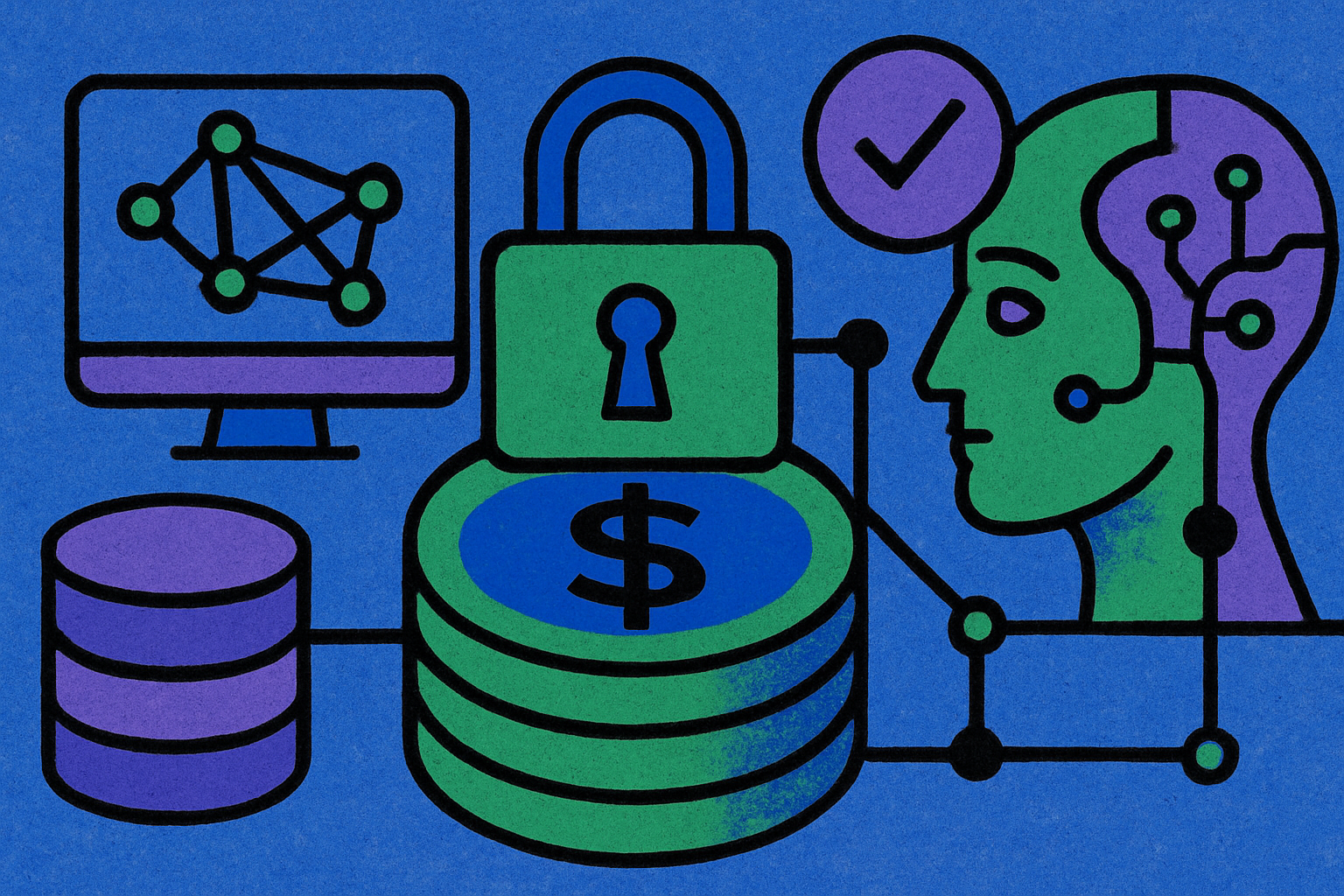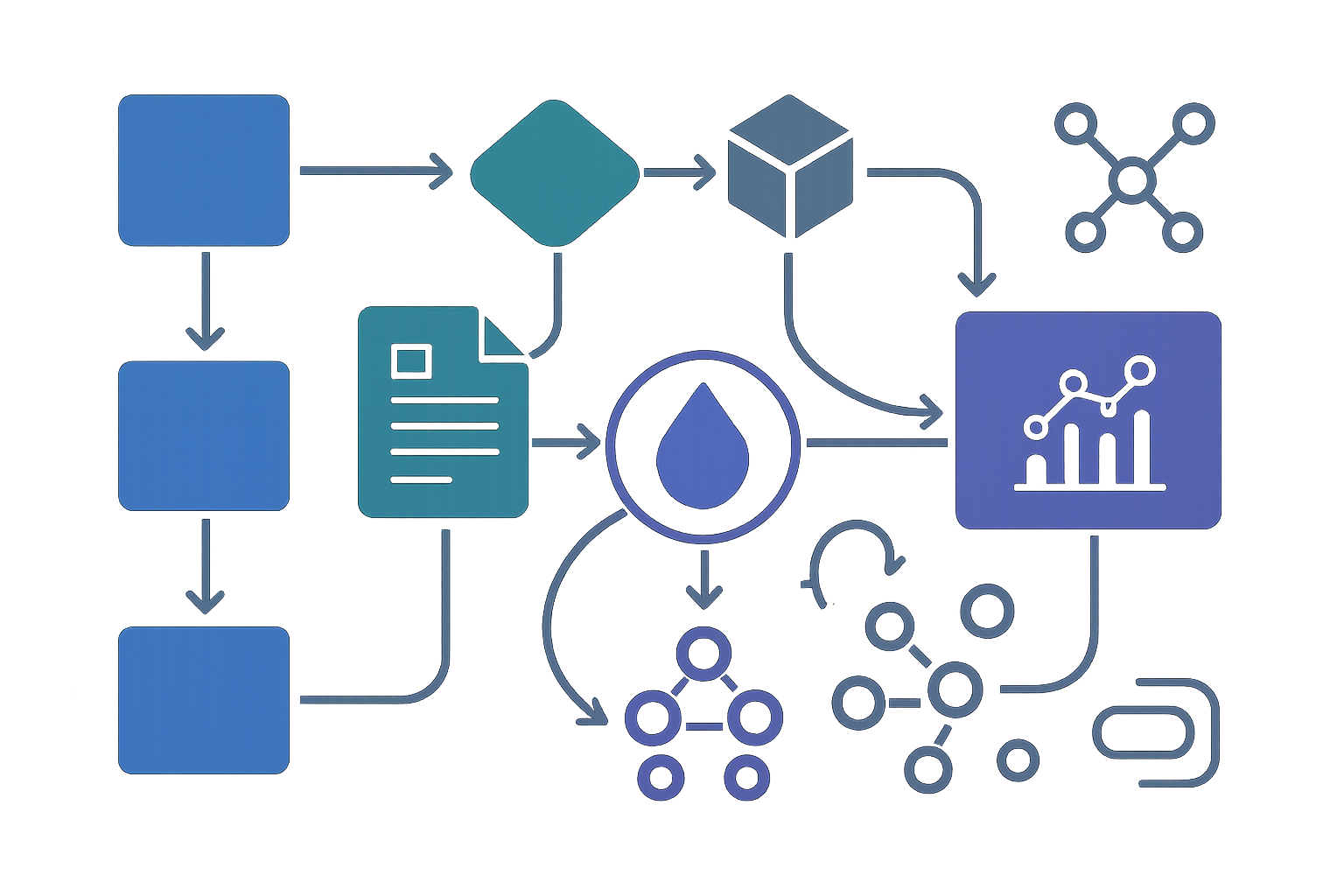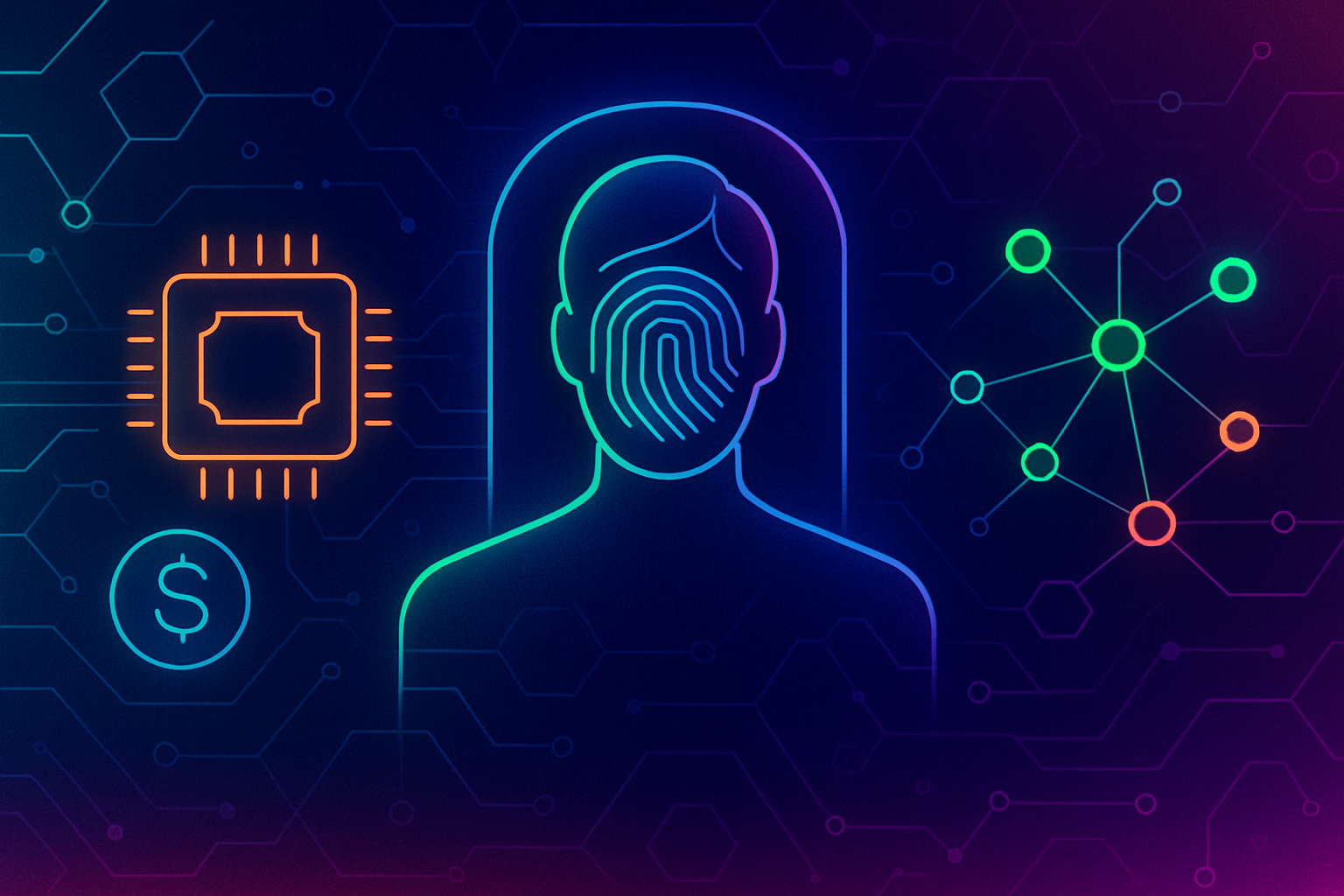
As artificial intelligence (AI) becomes woven into the fabric of our digital lives, the demand for real-time, low-latency inference at the network edge is surging. Traditional, centralized cloud solutions are struggling to keep up with this shift. Enter decentralized AI compute networks: a new paradigm that distributes AI workloads across a global mesh of underutilized devices, unlocking unprecedented scalability and efficiency for Web3 applications.
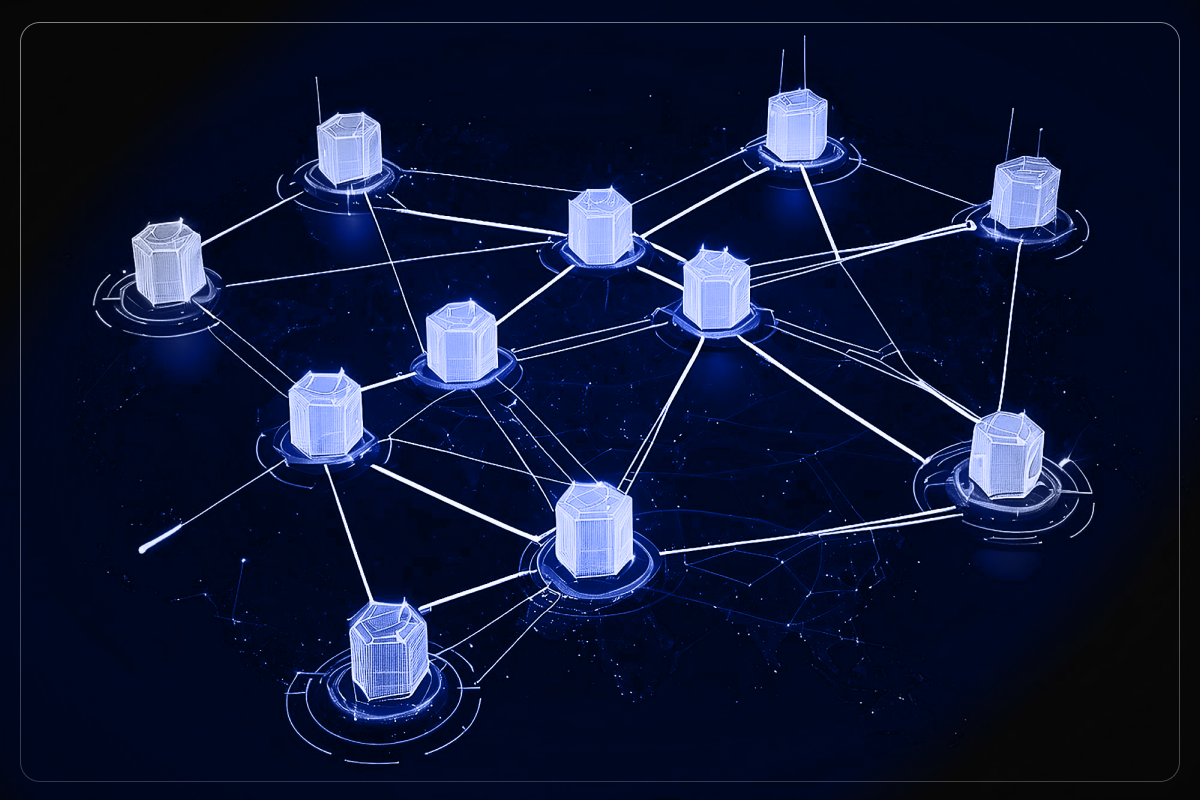
The Shift from Centralized to Decentralized Edge AI
In the Web2 era, AI models were trained and deployed on massive, centralized data centers owned by tech giants. While this approach delivered scale, it introduced bottlenecks in latency, privacy risks, and high operational costs. By contrast, decentralized AI compute networks leverage blockchain and distributed GPU resources to move inference closer to where data is generated – at the edge.
This shift is more than technical; it’s a philosophical realignment. Instead of relying on a handful of cloud providers, projects like OODA AI Network and AIOZ Network are democratizing access to compute by tapping into idle GPUs worldwide. This not only reduces costs but also makes real-time inference possible for latency-sensitive use cases like autonomous vehicles, industrial IoT, and next-gen AI dApps.
Key Players Powering Real-Time Edge Inference
The landscape is evolving rapidly as multiple networks race to provide robust decentralized infrastructure:
- OODA AI Network: Harnesses idle GPUs globally for cost-effective and resilient AI computation. Their model ensures consistent availability and affordability for developers building on Web3.
- DeInfra Solutions: Aggregates compute power across 21 and countries with DevOps automation tools for seamless deployment of AI workloads and Layer 2 chains.
- AIOZ Network (Node V3): Focuses on collaborative edge nodes that execute inference tasks efficiently, optimizing bandwidth for streaming data and rapid response times.
- MasterQuant’s On-chain Inference Architecture: Partners with chip manufacturers to enable direct execution of models within blockchain environments – providing auditable decision-making at smart contract speeds.
- PolyLink Platform: Supports both single-device and cross-device model deployment with token-based incentives that ensure network participation and result integrity at the edge.
This ecosystem is not just about raw compute; it’s about orchestrating trustless collaboration between diverse actors using cryptoeconomic incentives. For deeper insights into how these networks operate at the protocol level, see our detailed guide: How Edge Nodes Are Powering Decentralized AI Compute Networks.
Advantages of Decentralized Compute for Edge Inference in Web3
The benefits of this approach go far beyond cost savings:
- Reduced Latency: Processing data locally slashes transmission times – critical when milliseconds matter in fields like robotics or financial trading.
- Enhanced Privacy: Sensitive information never leaves its origin point, reducing exposure compared to centralized clouds vulnerable to breaches or surveillance.
- Dynamic Scalability: By pooling underutilized resources globally, these networks can elastically scale up or down based on demand without expensive hardware investments.
- Censorship Resistance: Distributed architectures are inherently more resilient against outages or targeted attacks than single-vendor solutions.
This new wave of infrastructure is already powering live applications across industries. From rendering photorealistic graphics on Render Network’s distributed GPUs to executing sub-50ms inference tasks on PolyLink’s blockchain-enabled nodes, decentralized compute is no longer theoretical – it’s operational reality shaping the future of Web3 infrastructure.
Looking ahead, the integration of decentralized AI compute networks with edge devices is setting the stage for a new class of intelligent, autonomous systems. These networks are not only making AI more accessible but also pushing the boundaries of what’s possible in real-time environments, think smart cities, adaptive supply chains, and ultra-responsive gaming experiences. The convergence of distributed GPU power, cryptographically enforced trust, and token incentives is creating a fertile ground for innovation in both consumer and industrial domains.
Challenges and Opportunities on the Horizon
Despite their promise, decentralized AI compute networks face several technical hurdles. Ensuring interoperability between heterogeneous hardware, maintaining inference integrity across untrusted nodes, and managing dynamic network topologies all require sophisticated orchestration. Projects like MasterQuant are addressing these issues by embedding auditability directly into on-chain inference architectures, enabling transparent decision-making that can be verified by all network participants.
Another key challenge lies in balancing performance with decentralization. While aggregating edge resources delivers scalability and resilience, it can introduce variability in latency and throughput. Innovative protocol designs, such as PolyLink’s cross-device deployment model and AIOZ Network’s bandwidth optimization, are tackling these trade-offs head-on. The result is a new breed of hybrid edge-cloud AI infrastructure that combines the best qualities of both paradigms.
Key Advantages of Decentralized AI Compute Networks
-
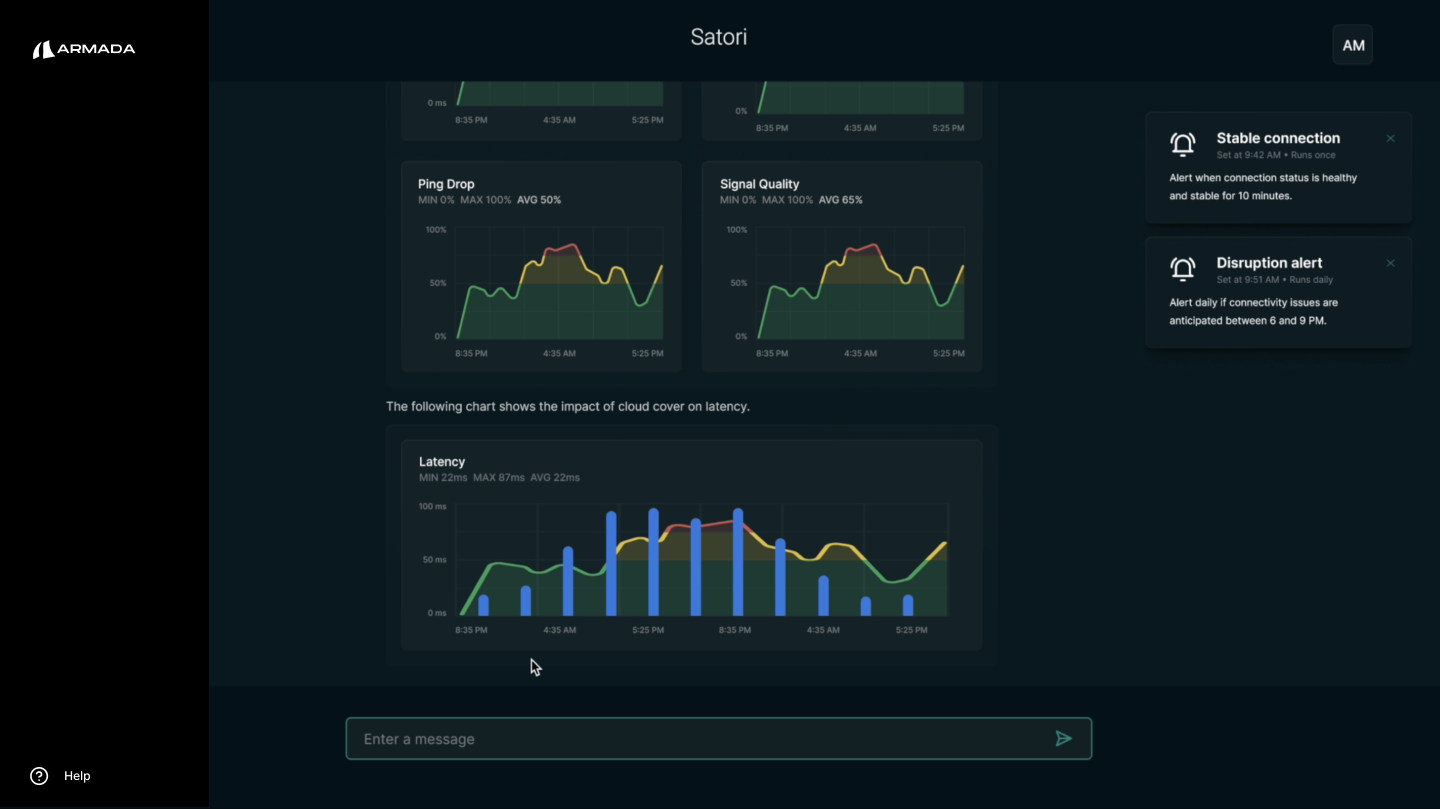
Reduced Latency: Decentralized AI compute networks process data closer to its source, minimizing transmission times. This is vital for real-time edge inference in applications like autonomous vehicles and industrial automation.
-
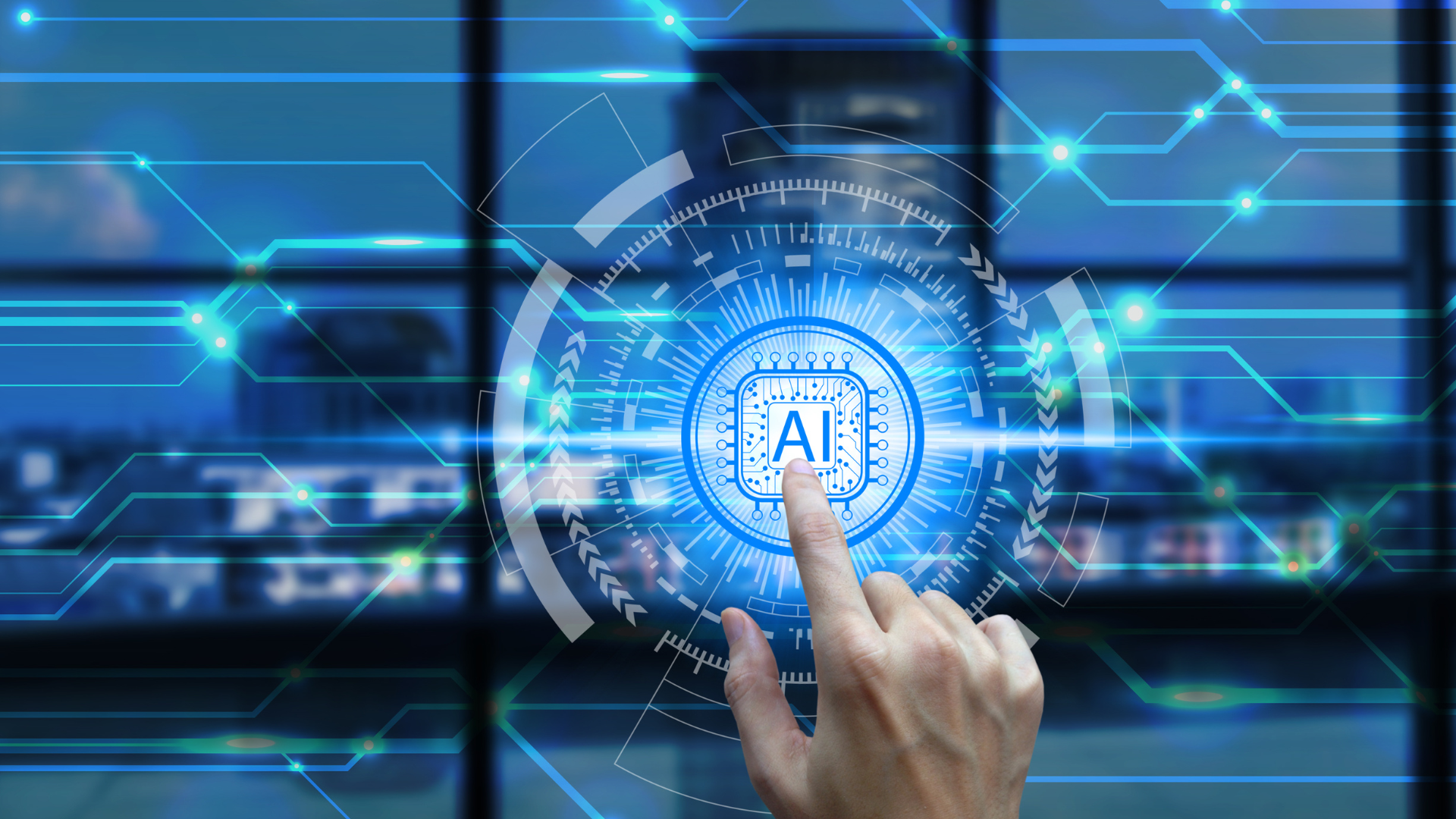
Enhanced Privacy: By enabling data processing at the edge, decentralized networks limit the exposure of sensitive information, reducing risks associated with centralized data centers.
-
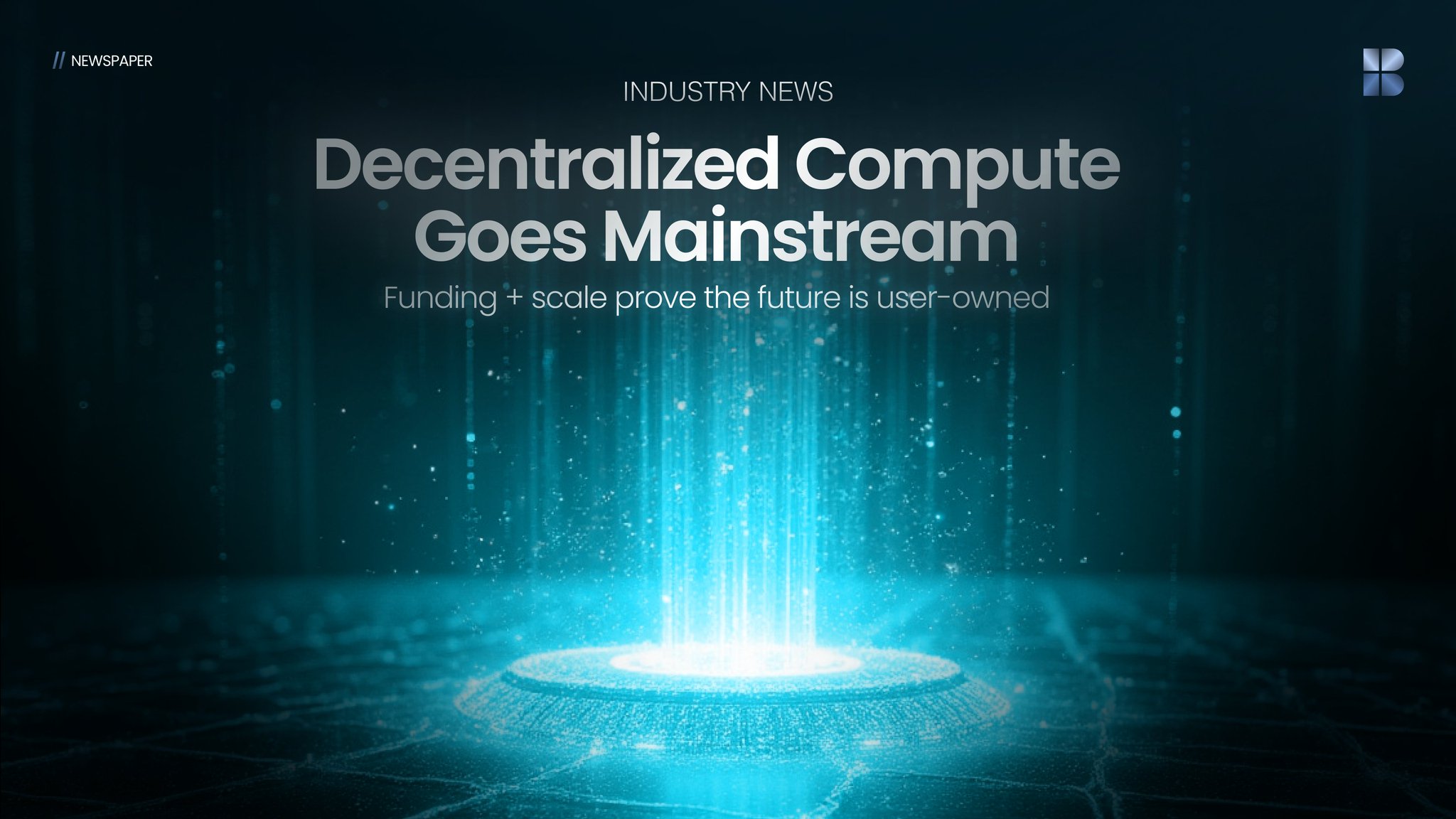
Scalability: Leveraging a global pool of underutilized devices allows these networks to dynamically scale resources to meet fluctuating computational demands without large infrastructure investments.
-

Cost Efficiency: Utilizing idle GPUs and devices worldwide, platforms like OODA AI and Render Network offer affordable AI computation by distributing workloads across a decentralized infrastructure.
-

Resilience and Availability: Decentralized networks distribute tasks across multiple nodes, ensuring continuous operation and reducing single points of failure compared to traditional centralized systems.
-
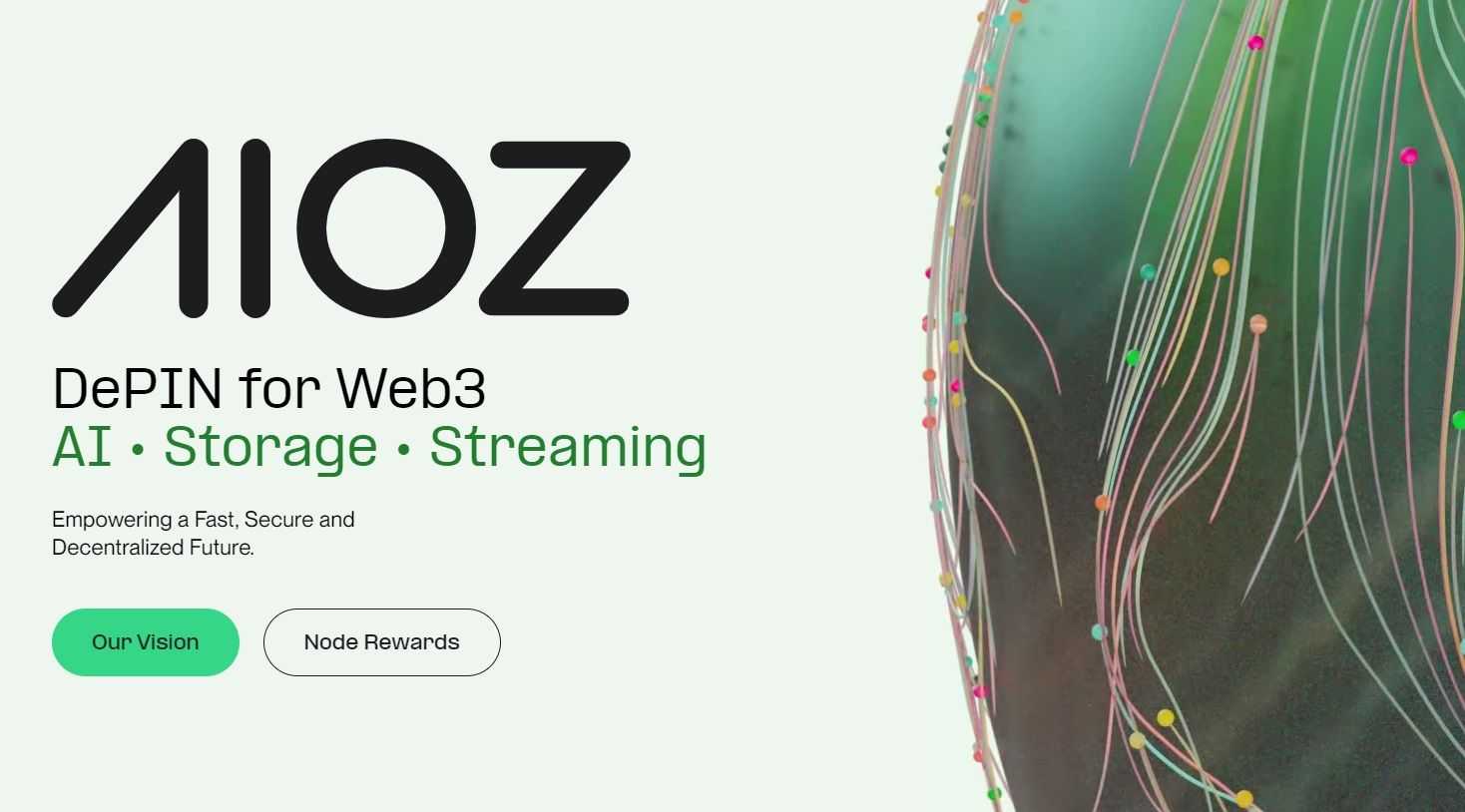
Democratized Access: Projects such as AIOZ Network and Bittensor lower barriers for developers and organizations, enabling broader participation in AI model deployment and inference at the edge.
-

Trustless and Auditable Inference: Solutions like MasterQuant’s on-chain AI accelerator architecture enable transparent, auditable AI decision-making directly within blockchain environments, supporting real-time smart contract integration.
The market is also witnessing the rise of AI marketplaces within Web3 ecosystems. Here, developers can buy and sell inference services powered by distributed GPU networks like Render or OODA AI. This open marketplace approach not only drives competition but also unlocks novel monetization opportunities for hardware owners worldwide.
What’s Next for Real-Time Edge Inference?
As adoption accelerates, expect to see further specialization within decentralized compute platforms, tailored solutions for specific verticals such as healthcare diagnostics, personalized advertising at the edge, or automated drone fleets. Token-based incentive models will continue to evolve to reward honest computation while penalizing malicious actors.
The regulatory landscape will play a pivotal role as well. Privacy-preserving technologies like federated learning and zero-knowledge proofs are likely to become standard features in these networks, ensuring compliance with data protection laws while preserving user sovereignty.
If you’re building or investing in next-generation AI dApps or seeking to optimize latency-critical workloads, now is the time to explore what decentralized AI compute can offer. Dive deeper into the mechanics driving this transformation in our comprehensive analysis: How Decentralized AI Compute Networks Are Powering Blockchain-Based Machine Learning.
The future of Web3 infrastructure isn’t just faster, it’s fairer, more resilient, and fundamentally more open than anything that came before.


